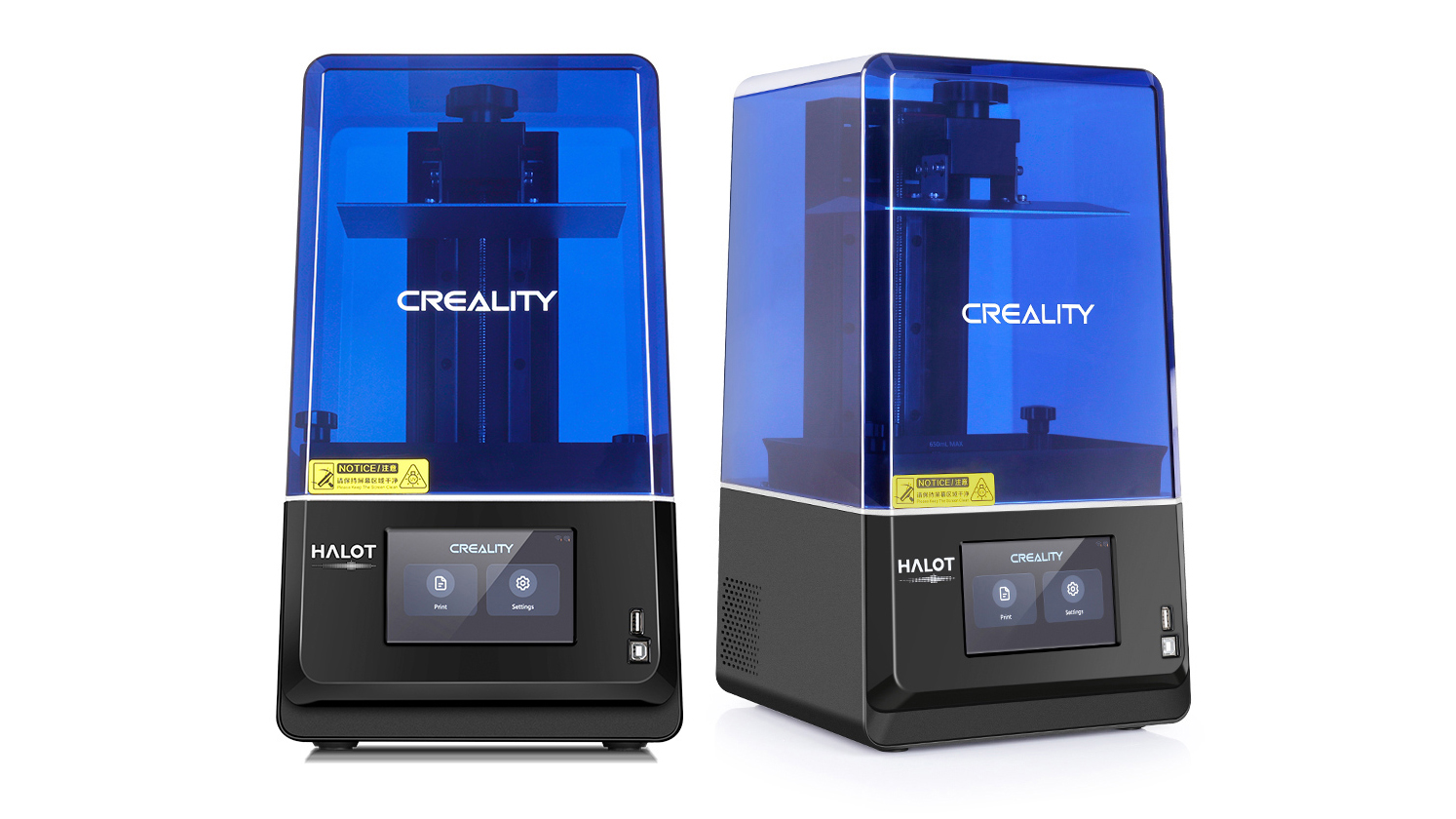
There are many resin 3D printers on the market, with a range of features from build volume to screen resolution. Creality, who have built quite the reputation, especially since the success of the Ender 3 FDM printer, have developed the Creality Halot-One Plus.
They don’t suggest any particular use cases for this, but it would seem best suited to those needing super-fine detail, and who don’t need to print vast objects. Think custom toys, jewellery and wargames miniatures, making it a contender for a compact option among the best 3D printers.
Design & build
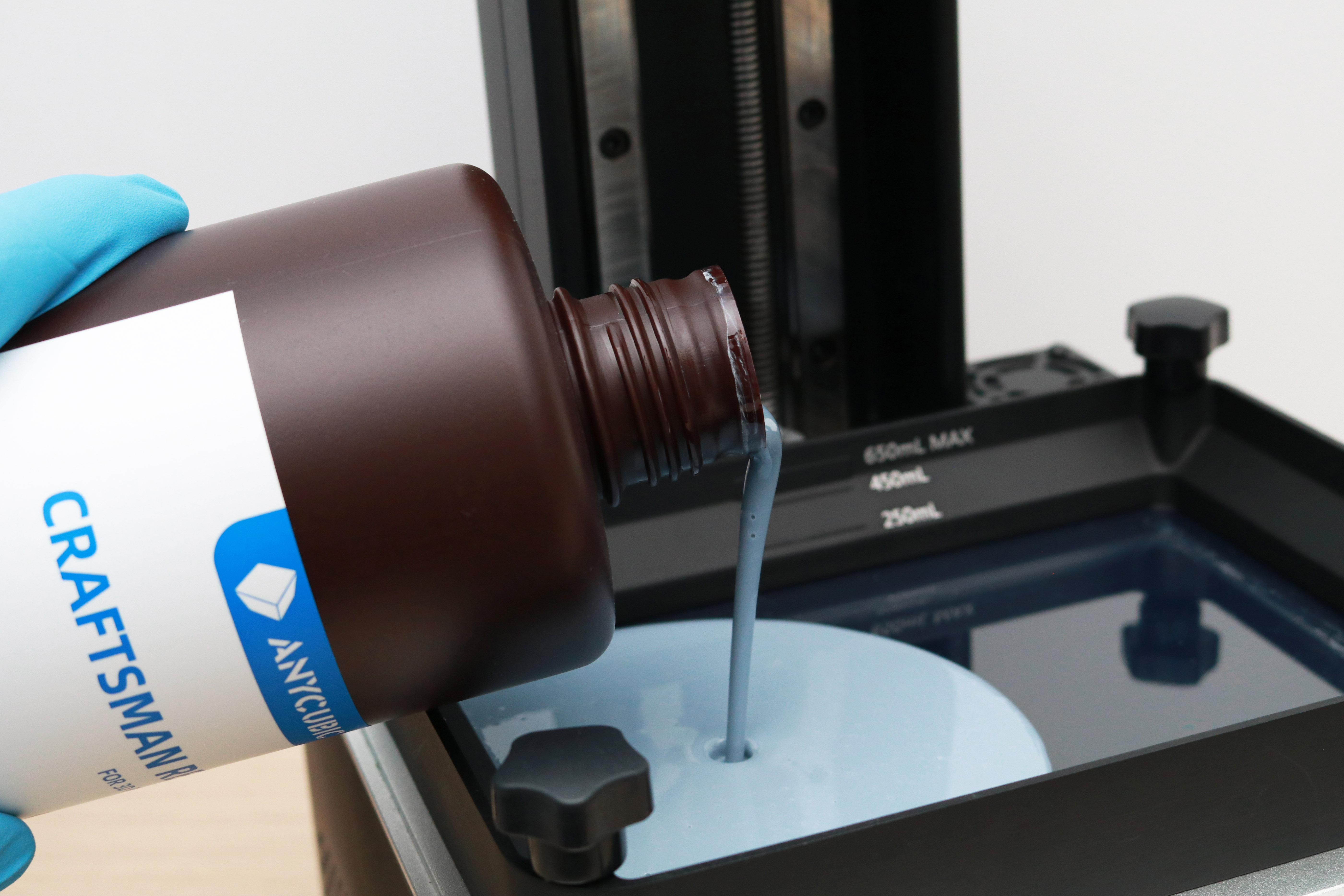
The Halot-One Plus (Halot from here on out) follows the now typical appearance of many printers of this ilk, with a main body that houses the controls, light and screen, topped by the Z-axis mechanism and resin tank. This is neatly topped by a blue cover, rather than the more common red or orange.
On the front of the housing is a large touchscreen control panel, which is used to navigate the simple menu system. It’s responsive and clear, and the operating system is nice and slick.
Also on the front is the USB port for transferring files from slicer to printer, and a USB host port that most will never use. The Halot also features wifi, so use of a memory stick isn’t needed. The app also has a growing number of models that can be sliced and sent directly to the machine, with model previews on both phone and Halot screen.
It might seem like a small detail, but having the USB port on the front face of the printer is a good design element. The number of printers I’ve used where it’s on the side is high and it has always been bothersome. It means placement of the printer takes more room than needed, as you need space to get to the port, as well as pull the memory stick out.
Little touches like this make a big impact on the overall experience and Creality has done a fine job. The footprint of the Halot is also a boon. At less than your average laptop, it is easily accommodated.
Features & performance
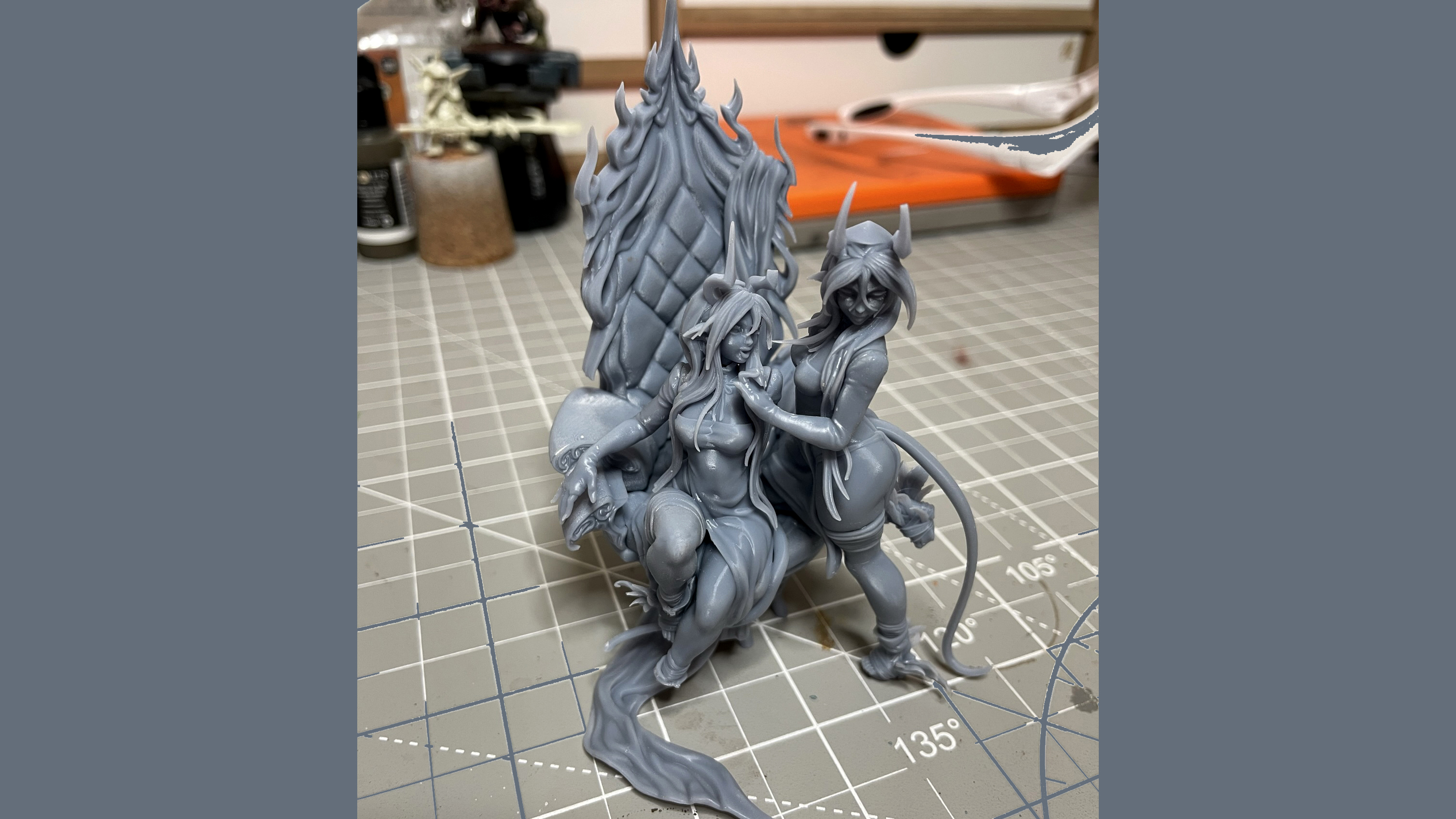
An array of resins are supported by the Halot-One Plus, making it suitable for a broad range of applications. That includes water-washable resins too, for those who don’t want to deal with any of the messier cleanup processes.
Under the hood is the resin tank, secured by two threads with pleasingly large thumb wheels. They hold the tank securely and don’t take too many turns to lock down. There’s also a fan power air filter that does a reasonable job of reducing any resin odours. Lastly there are dual Z-axis rails and these, combined with the 4K resolution of the screen, do a fantastic job in producing excellent print results. Layer lines are non-existent and detail levels are great.
Considering the build volume of 172 x 102 x 160mm, you can see why miniatures and jewellery are perfect candidates for printing, and these need the finest of detail. The Halot has a layer depth of 0.01-0.2mm and at 7.9-inch diagonal, these numbers work well. Printing collectible miniature busts for painting, wargames figures and such like were all completed with levels of finish and detail that would have cost orders of magnitude more just a few years ago.
It’s worth noting that print results vary depending on the resin, so it’s worth checking first. Using Creality’s water-washable resin, the results are good and there’s the benefit of easier cleanup. That said, craftsman-grade resin gave the best results, suitable for casting and with the finest of detail and surface quality.
Some hardware locks you into a particular slicer for preparing objects for print. This isn’t always a big problem but will mean some, especially those with more than one printer, will be forced to use different software. Creality, however, doesn’t do that and many slicers are supported, including the big names like Lychee, Chitubox and their own Halot Box software.
Price
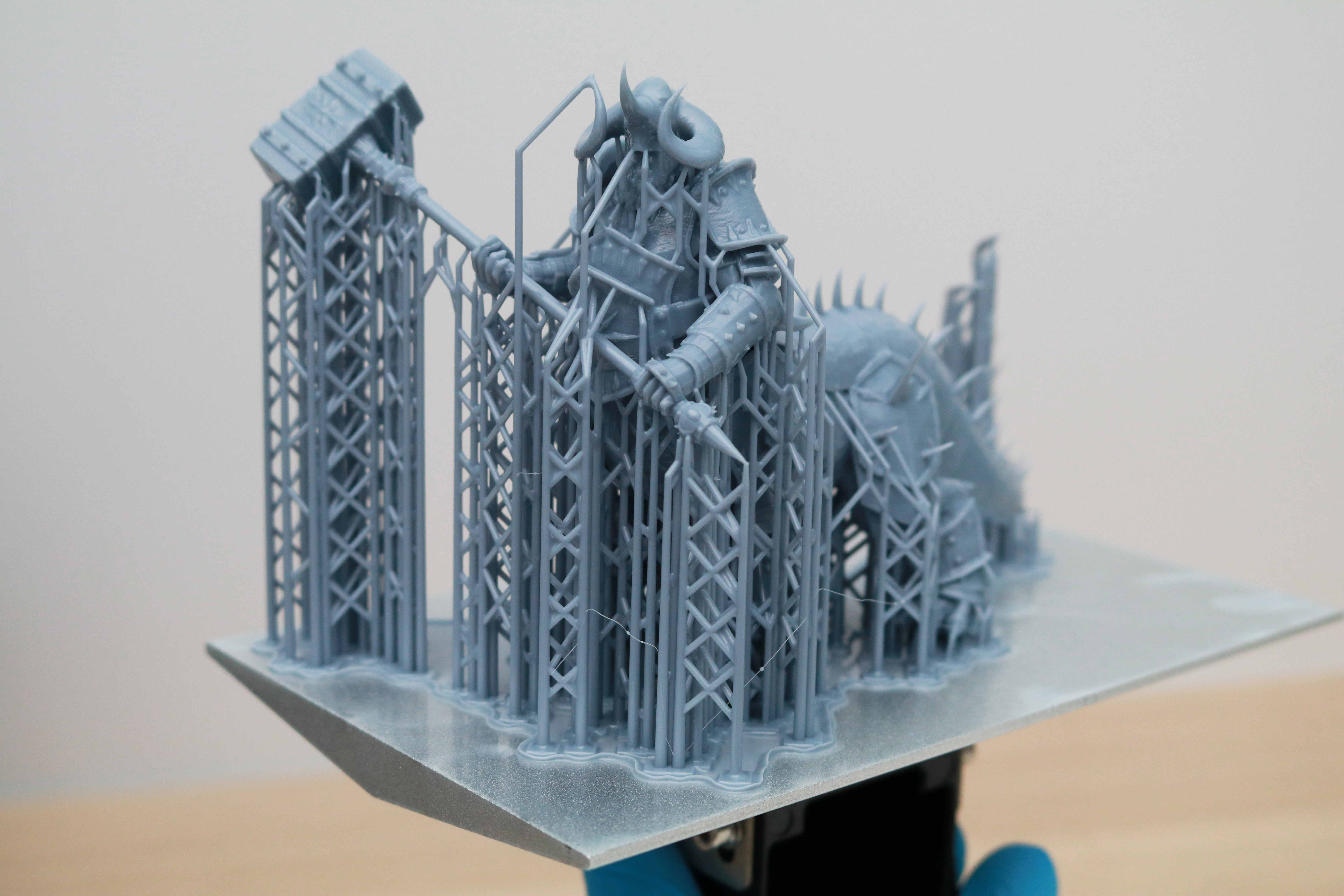
The Creality Halot-One Plus retails for £449/$399, but do keep an eye out for deals as Creality has occasional discount events on its website, which could save you a decent chunk of that amount if you time it right.
Should I buy the Creality Halot-One Plus?
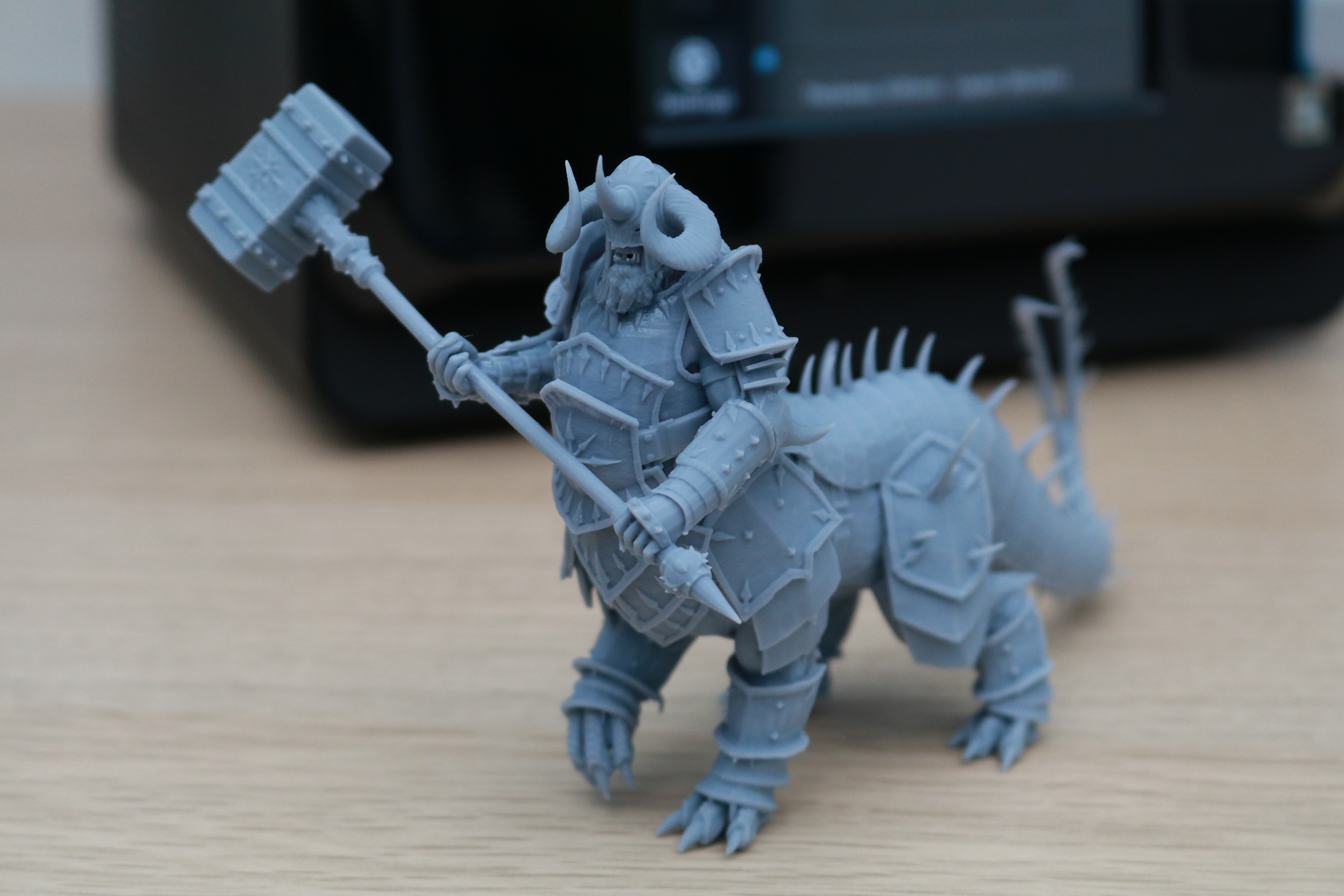
So long as you don’t need to print larger models, the Creality Halot-One Plus is a fantastic option. It’s compact, easy to use and, most importantly, produces high-quality prints. Definitely one for your best 3D printers shortlist if you’re looking for an SLA printer.
This article was originally published in issue 300 of 3D World Magazine. You can subscribe to 3D World at the Magazines Direct website and get 3 issues for £3. The magazine ships internationally.







